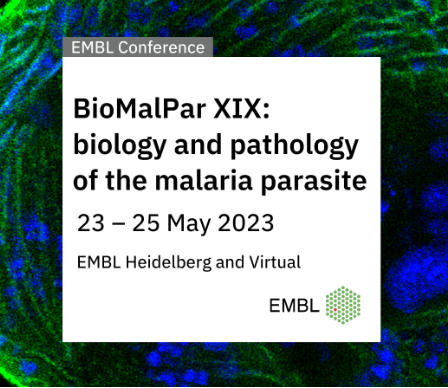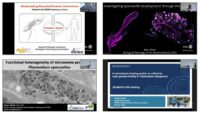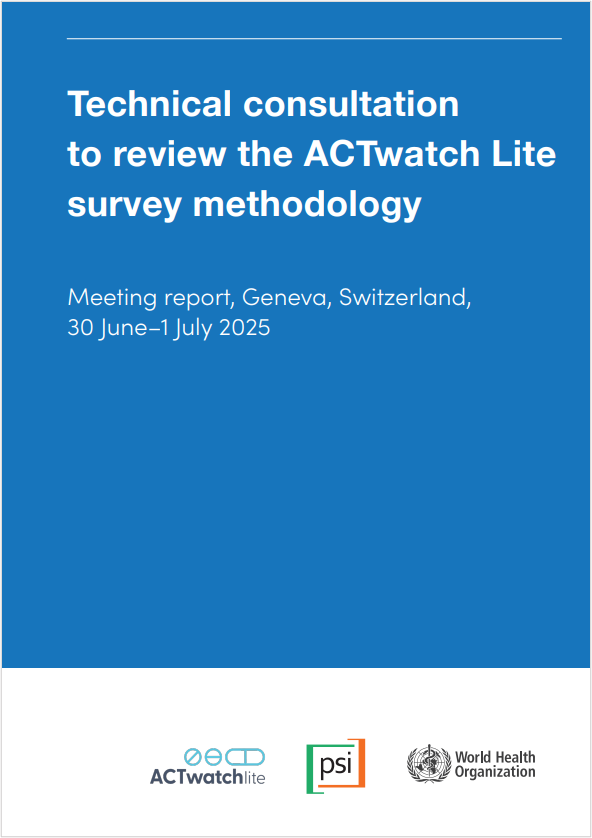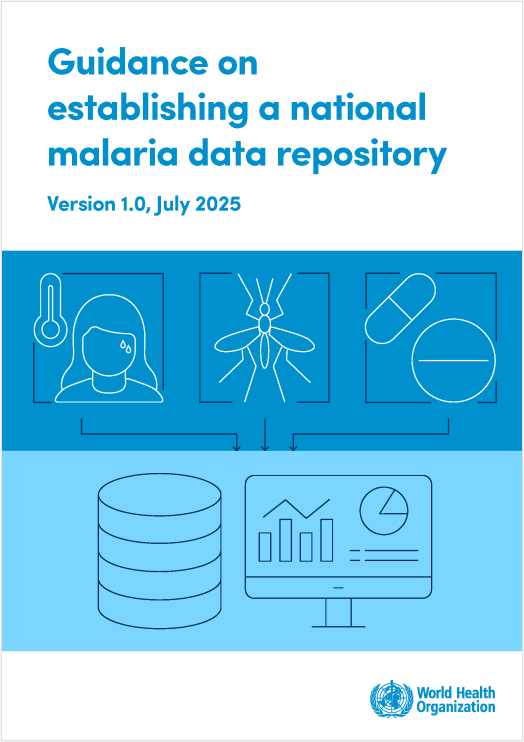BioMalPar XIX Conference “Biology and Pathology of the Malaria Parasite” – 2023: Day 2
Wednesday, 24th May 2023
Published: 24/05/2023
This report is brought to you by the MESA Correspondents Faith Hungwe, Aaron Adjin Lartey, and Rinter Karimi. Senior editorial support has been facilitated by Yunuen Avalos Padilla and Alba Pérez Cantero.
THEMES: THEMES: Basic Science
MESA Correspondents bring you cutting-edge coverage from the BioMalPar XIX: biology and pathology of the malaria parasite
Day 2: Wednesday, 24th May 2023
Scientific session 3 – Immunology and Vaccines
Kamija Phiri (University of Malawi, Malawi) presentation focused on severe malaria anaemia (SMA). Affected children face a higher risk of in-hospital mortality, readmittance to the hospital and post-discharge mortality. To address this gap, a post-discharge malaria chemoprevention (PDMC) case-control trial was conducted to assess the effectiveness and safety of chemoprevention with artemether–lumefantrine (AL), for children with SMA. Results suggested that this strategy decreased further hospitalizations and post-discharge mortality. In addition, a confirmatory study was conducted in Kenya and Uganda, expanding the target group to include severe malaria (SM) and switching the drug to dihydroartemisinin-piperaquine (DHA-PiP) while shortening the drug administration time with the same positive results. Furthermore, data from a meta-analysis revealed a reduction in overall mortality and hospitalization rates. In addition, prolonged use of piperaquine was deemed safe, and models indicated that this treatment approach was feasible and cost-effective. Finally, the data obtained from these studies were instrumental in informing the updated World Health Organization’s (WHO) recommendations for malaria chemoprevention. In conclusion, Phiri highlighted the challenges of implementing these strategies as the diversity of health systems across countries warrants the need for country-specific delivery mechanisms and raised questions about how longer-term protection could be provided for children with severe malaria.
Kuang-Ting Ko (University of Oxford, United Kingdom) began the talk by addressing the importance of understanding the structure and function of Pfs48/45, a potential target for transmission-blocking vaccines. Using an AlphaFold2 model, Ko’s research group discovered that Pfs48/45 forms a dynamic triangular disc-like structure, with all three domains exposed on the gamete surface. In addition, the study also identified specific antibody binding sites on Pfs48/45 and demonstrated that most antibodies with transmission-blocking activity could bind across whole molecules. Following this, using the surface plasmon resonance (SPR) binding assay, two of the most potent transmission-blocking antibodies binding to the C-terminal domain of Pfs48/45(85RF45.1 and 32F3) were compared t. The study found that the two antibodies bind at slightly different angles, and the binding interaction involves different surface contacts, thus resulting in different binding kinetics. This research provides valuable insights for the design of future Pfs48/45-based vaccine immunogens.
Robyn McConville (Walter and Eliza Hall Institute, Australia) spoke about how liver stages of P. falciparum exploit the Plasmodium Translocon of EXported Proteins (PTEX), a transmembrane complex consisting of 3 subunits. McConville investigated the roles of the EXP2 and PTEX150 subunits, in host-parasite manipulation by characterising PTEX150 and exploring its functionality in P. falciparum liver stage development. For this, an FLp/FRT system was developed and humanized mouse models were used. The results obtained demonstrated a reduced sporozoite burden in PTEX150-deficient parasites as well as developmental defects when EXP2 was excised, highlighting the essentiality of PTEX in parasite development. Subcellular localisation studies were also conducted to identify exported proteins expressed during liver infections, and the liver stage antigen-3 (LSA3) was found to be essential for both localisation and P. falciparum liver stage development. To conclude, McConville expressed the complexity of the export pathway and highlighted how much is still to be studied.
Tuan M Trang (Indiana University School of Medicine, United States) discussed the findings of a study aiming to understand the molecular and cellular differences in malaria-exposed aparasitemic children. The study involved 695 children and adults in Mali, where 25% of the youngest children (6 months – 2 years) remained uninfected despite living in a malaria-endemic area. Trang pointed out that similar findings were observed in previous studies conducted in Tanzania and in Kenya during a malaria vaccine trial. Employing a protein microarray assay, it was found that boosting IgG to malaria antigens evidenced malaria exposure in these children. Further comprehensive system analysis was also conducted on age- and sex-matched pairs of aparasitemic and parasitemic children using protein microarray and scRNA sequencing. Interestingly, aparasitemic children exhibited increased Pf-specific IgG reactivity, particularly against RON2 and Pfs16 antigens. Although the cellular indexing of transcriptomes and epitopes sequencing (CITE-seq) analysis revealed similar frequencies of immune cells, distinct transcriptional states between aparasitemic and parasitemic children were observed. The tumour necrosis factor (TNF) signalling via NF-kB pathways and upregulation of pathogen sensors were observed in CD14+ monocytes of aparasitemic children compared to parasitemic children. These findings provide valuable insights into the molecular and cellular mechanisms underlying the aparasitemic phenotype, contributing to our understanding of efficient control of parasitemia.
Scientific session 4 – Transmission and Vector–Parasite Interactions
Stephanie Blandin (National Institute for Health and Medical Research (INSERM) and Institute of Molecular and Cell Biology, France) delved into molecular mechanisms which orchestrate parasite interactions and how this knowledge can be exploited to design novel control strategies. Blandin introduced the Saglin protein, a sporozoite receptor only expressed in female mosquitoes. Blandin’s primary aim was to characterize the expression patterns of the Saglin protein using An. coluzzi. With the generation of transgenics, they were able to show that Saglin was transported to the midgut after a blood meal and was necessary for ookinete development. The absence of Saglin prevented transmission in low infection contexts with no fitness cost to mosquitoes and so a population modification strategy was developed using a dual gene drive that targeted the locus of the Saglin protein while co-driving the spread of a lipophorin allele expressing the antibody 2A10 (Lp-2A10) that binds sporozoites. With the Lp-2A10+Saglin (Sc-2A10) gene drive, transmission was drastically reduced (90%). She concluded by reiterating the need to further understand the function of Saglin in ookinete development and to assess whether parasites will develop resistance to gene drive pressures.
Ben Liffner (Indiana University School of Medicine, United States) illustrated the cellularisation of sporozoites and invasion to the salivary glands processes using ultrastructural expansion microscopy (U-ExM). By visualising the overall tissue architecture, Liffner gained 3D insights into the ultrastructure of sporozoites within whole mosquito midgut and salivary glands and found that rhoptries varied in size, shape or number depending on if they were in mature oocyst-sporozoites or salivary gland sporozoites. Specifically, the ultrastructure images showed that armadillo repeats only proteins fused to rhoptries suggesting that they are a probable vehicle for rhoptry biogenesis. Liffner also noted that rhoptry biogenesis ends when segmentation completes. As egression took place, Liffner et al. were able to quantify rhoptries and found that their numbers decreased rapidly when sporozoites invaded epithelial cells and only 2 rhoptries entered the secretory cavity. These rhoptries would later become a vacuole. Overall, this study enhanced the understanding of sporozoite development and invasion.
Olivier Silvie (National Institute for Health and Medical Research (INSERM) and Sorbonne University, France) focused on proteins that aided sporozoite invasion into salivary glands and host cells. It aimed at elucidating the ligand (B9)-receptor (P36 and P52 heterodimer) interactions and the sporozoite moving junction proteins (AMA1 and RONs), key factors in sporozoite egression. Silvie showed that B9 and P36 colocalise to a subset of microneme proteins, but there was no interaction detected. It was also discovered that B9 and P36 are required for sporozoite rhoptry discharge. To nuance the role of junction proteins, the role of the AMA1-RON complex was investigated and AMA1 was found to be essential for efficient sporozoite invasion of mosquito salivary glands and human hepatocytes. Lastly, Silvie talked about how claudin-like apicomplexan microneme protein (CLAMP), found in both merozoites and sporozoites, was essential to sporozoite infectivity in P. berghei and involved in sporozoite gliding motility. Results also showed that CLAMP had a regulatory role for tryptophan-regulated attenuation protein (TRAP), a protein involved in parasitic evasion mechanisms, absent in AMA1. This suggested that CLAMP has varying functions in sporozoite formation and invasion. Silvie concluded by stating that more work needs to be done to understand microneme secretion regulation.
Knowing that P. falciparum Ca2+-dependent kinase 4 (Pfcdk4) and P. falciparum Serine/arginine-rich protein kinases 1 (PfSRPK1) play a role in male gametogenesis, microtubule and cell motility, Sudhir Kumar’s (Seattle Children’s Research Institute, United States) aimed to investigate the role of a microtubule-binding protein in P. falciparum male gamete fertility. Through comparative phospho-proteome and RNA-seq analyses, Kumar studied the nuclear microtubule-associated protein EB1 (Pfeb1) bound to the growing strand of microtubules and upon deleting Pfeb1. Two major results were found. Male gametes became sterile due to a lack of nuclear incorporation in the microgametes but Pfeb1 was not required for asexual development, gametocytogenesis, macro or micro gametogenesis and exflagellation. These findings emphasise the crucial roles of cdpk4, srpk1, and EB1 in axoneme formation during gametogenesis. Kumar concluded the talk by discussing the potential that Pfeb1 has as a transmission-blocking drug target.
This report is brought to you by the MESA Correspondents Faith Hungwe, Aaron Lartey and Rinter Karimi Kimathi. Senior editorial support has been facilitated by Yunuen Avalos Padilla and Alba Pérez Cantero.
Published: 24/05/2023
This report is brought to you by the MESA Correspondents Faith Hungwe, Aaron Adjin Lartey, and Rinter Karimi. Senior editorial support has been facilitated by Yunuen Avalos Padilla and Alba Pérez Cantero.
THEMES: Basic Science




